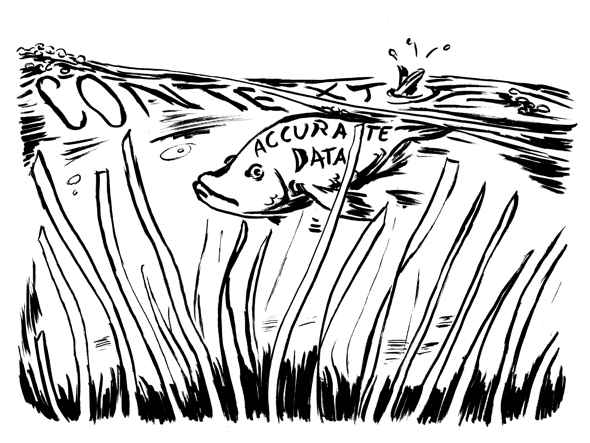Identification of Participant Race/Ethnicity and Disability
Tip: Have participants define their own race/ethnicity and disability status; rather than having the identification done by data collectors or project/program staff. 1
Rationale: People are not very accurate in their identification of the race/ethnicity of others. Scientifically, the genetic variation in populations such as Europeans and Asians are actually subsets of the variation in the African population.1 Skin colors -- whether light or dark -- are not due to race but to adaptation for life under the sun.2 Our social definitions of race/ethnicity can be inconsistent, e.g., often naming the child of Black and White parents as Black and being more apt to name people as Hispanic or Latino/a if they have an “Hispanic/Latino-sounding” last name. While some disabilities are relatively easy to identify, others are not and many disabilities including disabilities tied to learning, mental health and disease are “invisible” to researchers or evaluators.
Tip: If the funder requires that a standard set of categories for race/ethnicity and/or disability be used, use those categories but also, in an open-ended question, ask participants to indicate their own race/ethnicity and disability status.
Rationale: Often standardized categories do not present a complete or accurate picture of one's race/ethnicity. This is particularly true for multi-racial people who often end up having to choose one group to belong to or chose “other”. Even in more comprehensive sets of categories, such as the census, there are problems. If a person is White or Black, they are not asked to indicate country of origin. If a person is Hispanic, Asian, or Pacific Islander they are asked for country of origin and American Indians/Alaskan Natives are asked to identify the tribe. Japanese and Korean, for example, are listed as separate races as opposed to separate nationalities.3 Asking participants to self define as well as indicate the best fit on the standard set of categories provides more comprehensive data and allows the evaluator to determine how well the self definitions reflect the specific set of categories.
1 Goldenberg, A., & the American Anthropological Association. (2011b). Race and human variation
2 Goldenberg, A., & the American Anthropological Association. (2011a). Only skin deep
3 Population Reference Bureau (2009). The 2010 Census questionnaire: Seven questions for everyone.


